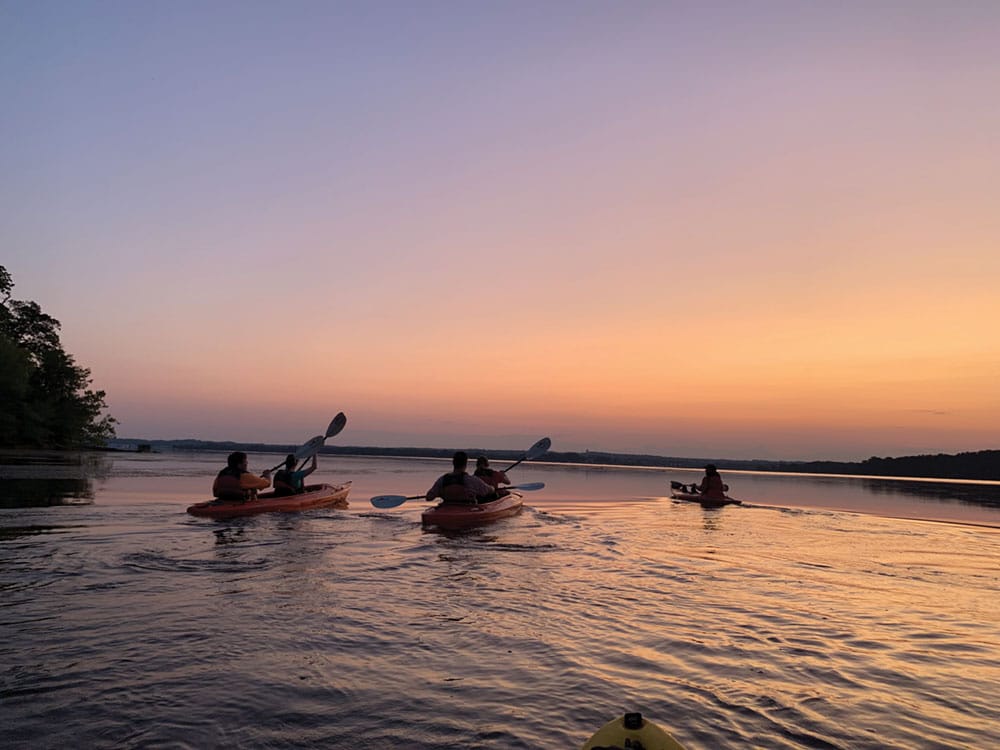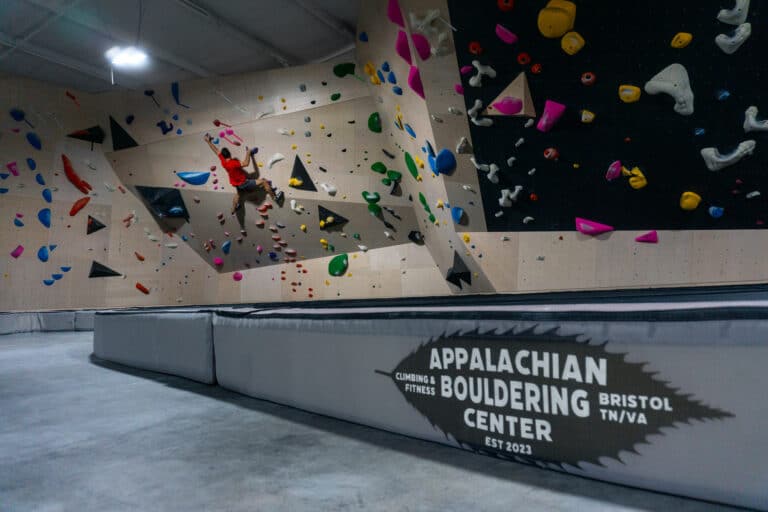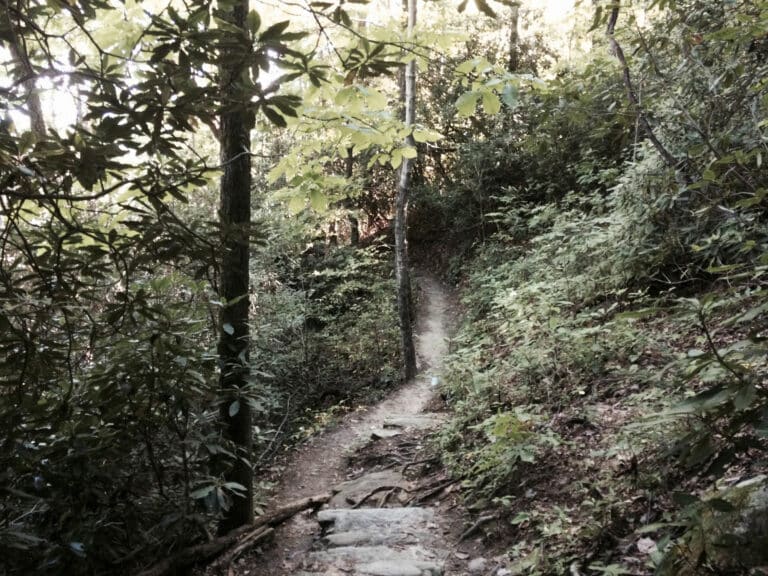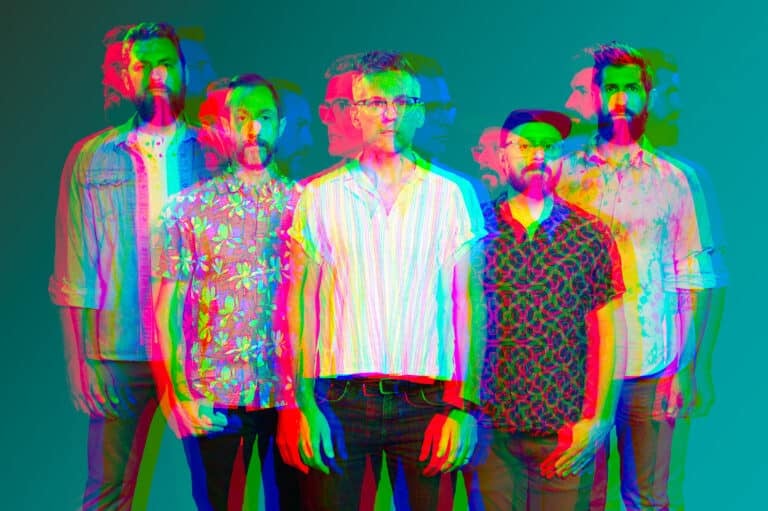More visits and less volunteerism during the pandemic created problems for Virginia’s public lands. But staffers say they’re turning the corner.
Dorrie Stolley was crunching numbers last March when she noticed something odd: Rates of volunteerism had fallen dramatically as visits to public lands skyrocketed.
“The trends made logical sense and didn’t necessarily come as a big surprise in and of themselves,” says Stolley, director of community engagement and volunteerism for the Virginia Department of Conservation and Recreation. But their extent and impact were startling.
On one hand, Virginia public lands have experienced a 13 percent increase in visits since the pandemic began. Most are attributed to new visitors who live in-state or near borders. Stolley says pandemic-related closures and travel restrictions led millennials, young families, and traditionally underrepresented communities to explore regional outdoor recreation opportunities in unprecedented numbers. Better still, many have become repeat visitors.
“During the shutdowns, recreating out-of-doors was one of the few activities available that was safe to engage in,” says Stolley.
People looked for public lands that were close to home, particularly state parks. Engaging in go-it-alone adventures like hiking, biking, trail running, and swimming introduced them to the beauty and joy of conserved spaces—and inspired them to seek follow-up experiences in other areas.
Stolley tells the story of a Norfolk-based family of four that went hiking in False Cape State Park. They were awed by pristine coastal maritime forests filled with mature, Spanish moss-covered live oaks, and an abundance of migratory birds. Next came renting bikes for a spin along the 17-mile Dismal Swamp Canal Trail in Chesapeake. After that, they kayaked blueways through wetlands and tidal creeks at York River State Park.
“The really great thing is that we’ve gotten this big influx of visitors that are experiencing the value of public lands and wild spaces for the first time,” says Virginia State Parks public relations specialist, Andrew Sporrer. That’s exciting because increased awareness often leads to citizen advocacy around environmentalism and conservation efforts.
“And these trends aren’t geographically isolated,” adds Sporrer. Parks have seen upticks throughout the state.
However, the good news comes with a caveat: Many new visitors appear to be unfamiliar with basic stewardship principles like Leave No Trace. Sporrer says that most new users have traditionally been introduced to outdoor recreation through nature-loving family members, friends, clubs, or educational programming. Learning conservation best practices was almost always inherent. But much of the current inpouring stems from people looking to escape boredom, or cabin fever, or simply try something new.
“The issue has been, most of our facilities have been closed, or operating in a limited capacity [since April of 2020],” says Sporrer. Welcome stations and information centers were shuttered, educational programs nixed, and interactions with rangers restricted. The measures virtually eliminated in-person learning opportunities.
Meanwhile, some state parks were seeing explosive spikes in visits. Virginia Beach’s First Landing State Park, for instance, has routinely reached peak capacity by 9 a.m. on weekends throughout the pandemic. “It’s these hotspots that’re getting hit the hardest,” says Sporrer.
New visitors do things like disregard marked trails and trample through sensitive, off-limits ecosystems. They haul in glass bottles and toss trash on the ground. They urinate in waterways and pitch tents or make fires in non-designated areas. The list goes on.
Tanking rates of volunteerism have compounded the problem.
“It’s no secret that the park system relies heavily on volunteers,” says Stolley. Supplemental educational programming is provided by groups like the Virginia Master Naturalists.
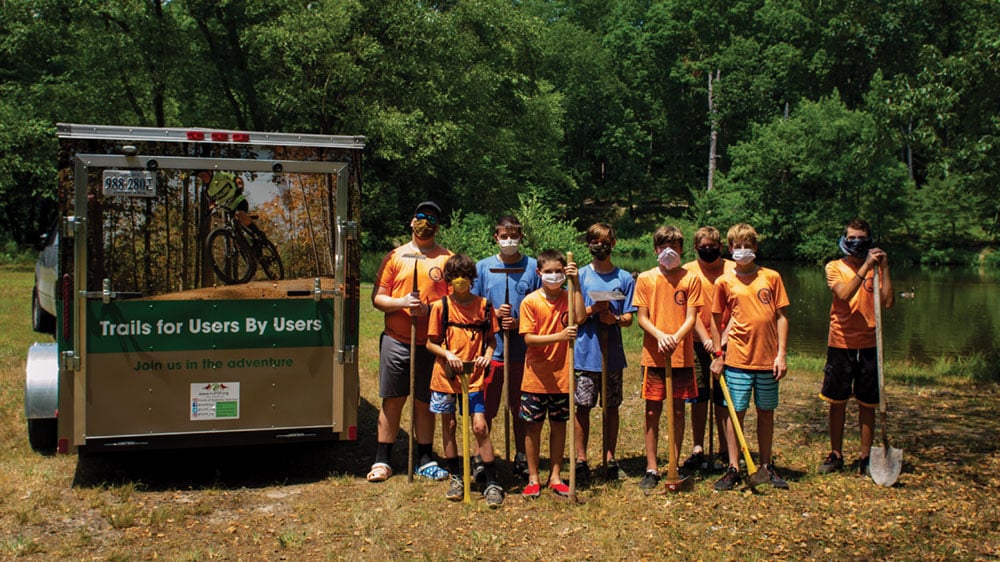
Birdwatching events are led by regional chapters of the Virginia Society of Ornithology. Eponymous ‘Friends’ groups help with everything from trash pickup, to testing stream water quality, to trail maintenance and removing invasive plants. Seasonal conservation positions are filled by participants in voluntary civil society programs like AmeriCorps, or the Girl and Boy Scouts.
“The pandemic either [temporarily] shutdown or severely disrupted most of our volunteer programs and partnerships,” says Stolley. Staple partners like AmeriCorps cancelled residency programs for 2020. Social distancing measures curtailed visits from church groups. Vulnerability around COVID-19 slashed participation among retirees, while liability issues decimated corporate volunteering.
That has allowed issues related to increased visitation to fester.
“We’ve had a lot of visitors complaining about trash and asking what’s going on,” says Jessica Kusky, volunteer needs and youth program manager at Shenandoah National Park.
She tells them it’s because the number of total volunteers and volunteer hours dropped by about 40 and 30 percent, respectively, from 2019 to 2020.
“Keeping up with the workload has been impossible,” says Sporrer.
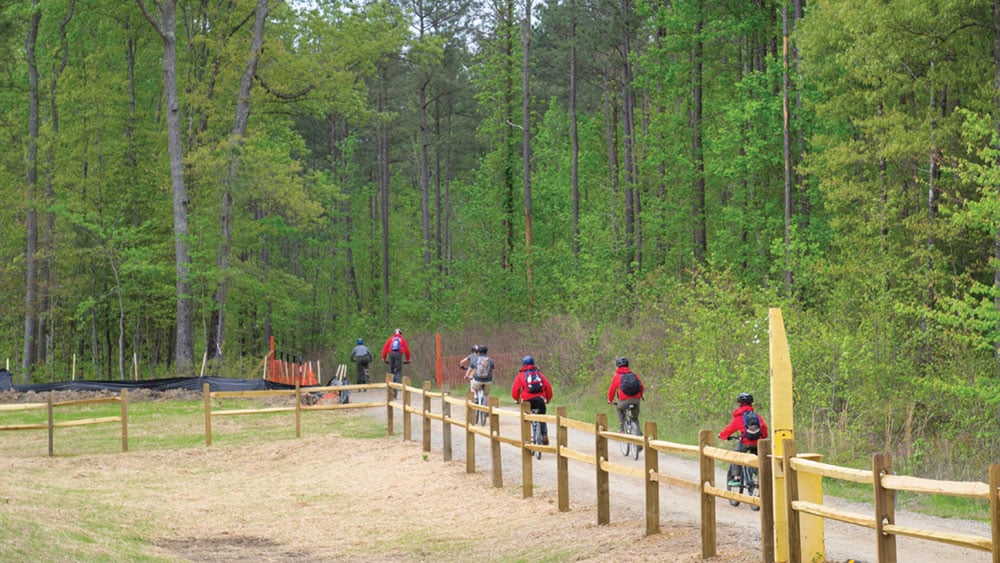
Luckily, park officials see light at the end of the tunnel. With vaccination rates on the rise and pandemic strictures easing, volunteers are beginning to return. Both Stolley and Kusky report a substantial increase in applications and interest.
A significant portion stems from “people getting upset about seeing so much trash,” says Kusky. Long-time visitors are accepting the limitations of park resources and pitching in to help out.
Stolley and other officials are also working to quickly implement educational programming aimed at teaching new visitors good stewardship practices.
“We’re looking at this as an opportunity,” says Sporrer. Convincing people to go out of their way to experience nature is the hard part—and that’s already done. “Now, all we have to do is make sure we’re teaching them the rules around how to recreate responsibly and protect these resources for everyone.”
Cover photo: Visits to public lands have increased greatly during the pandemic. Pictured here, a family paddles at Mason Neck State Park. Photo courtesy of Virginia State Parks
